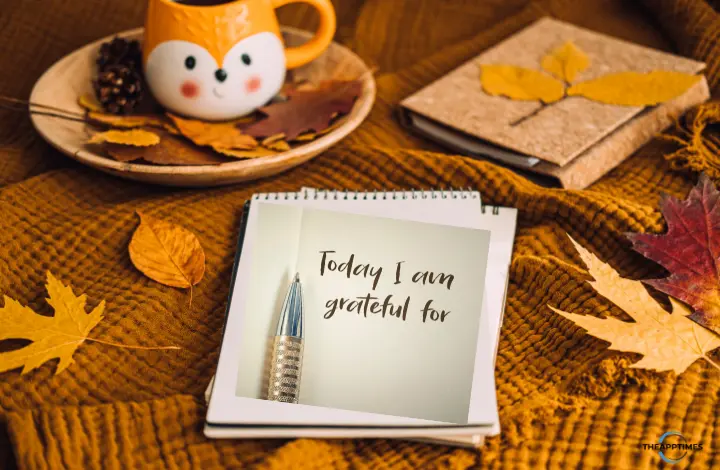For me, Thanksgiving is a time to slow down and reflect on the people, moments, and experiences that make my life meaningful. Gratitude doesn’t just lift our mood. It improves relationships, mental health, and even sleep quality. While technology often gets blamed for distraction, it can also help us focus on what truly matters. From mindfulness apps to digital journals, here are five meaningful ways technology can help you practice gratitude this Thanksgiving.
How Technology Can Help You Practice Gratitude This Thanksgiving

Start a Digital Gratitude Journal
Keeping a gratitude journal is one of the simplest and most powerful ways to nurture appreciation. Several apps make this habit easy and engaging, even for those who don’t usually write.
Try these apps:
- Reflectly: Uses AI to ask daily reflective questions and generate journal prompts.
- Presently: A clean, distraction-free gratitude journaling app that encourages short, daily entries.
- Notion or Evernote: Create a gratitude template using sections like “What went well today” or “Who I’m thankful for.”
Tip: Set a daily reminder to write one sentence every evening. Over time, your journal becomes a powerful archive of positivity.
Use Mindfulness and Meditation Apps to Focus on the Present
Gratitude thrives when we’re fully present. Meditation apps help calm your thoughts and make it easier to recognize small joys — a warm meal, a kind word, or a quiet morning.
Recommended apps:
- Headspace: Offers guided meditations themed around thankfulness and kindness.
- Calm: Features breathing exercises and reflections on gratitude.
- Insight Timer: Free mindfulness sessions from global teachers focusing on appreciation and compassion.
Tip: Try a 10-minute “Gratitude Meditation” before your Thanksgiving meal to reset your focus on what you have, rather than what’s missing.
Create and Share Digital Gratitude Messages
Technology can make expressing appreciation easier and more creative. Instead of a quick text, you can send a thoughtful message, photo, or video that shows genuine care.
Ideas to try:
- Record a short video message thanking a family member or friend.
- Use an AI writing assistant like ChatGPT to craft personalized Thanksgiving notes or captions.
- Design a digital thank-you card using Canva or Adobe Express.
Tip: Gratitude shared feels twice as good. A personal message can brighten someone’s entire day and strengthen your connection with them.
Track Acts of Kindness with a Gratitude or Habit App
Another great way to build gratitude is by performing small acts of kindness. Tech-based habit trackers make this easier to maintain and more rewarding to follow through.
Apps to explore:
- Habitica: Turns daily habits into a role-playing game, where helping others or expressing thanks earns rewards.
- Tally: A minimalist app for tracking gratitude moments or kind acts.
- Streaks: Helps you stay consistent with habits like “Thank one person each day.”
Tip: At the end of the month, review your streaks or notes — you’ll see how small moments of appreciation add up to a more positive mindset.
Use Smart Displays or Digital Frames to Showcase Gratitude
Sometimes gratitude is visual. Digital photo frames and smart displays like the Amazon Echo Show or Google Nest Hub allow you to create rotating slideshows of the people and moments you’re thankful for.
How to use this idea:
- Create an album called “Things I’m Grateful For.”
- Include pictures of family, friends, pets, memorable trips, or simple joys.
- Set it as a daily slideshow on your smart display or as your phone wallpaper.
This subtle reminder can lift your mood every time you glance at the screen.
Final Thoughts
Technology is often seen as a source of distraction, but when used mindfully, it becomes a bridge to reflection and connection. Apps and devices can help us slow down, remember what matters, and turn gratitude into a lasting daily habit.
This Thanksgiving, use the tech at your fingertips to express appreciation — for the people in your life, the experiences you’ve had, and the opportunities that await. Gratitude doesn’t need to be complicated; it simply needs to be intentional.
Leave a Reply